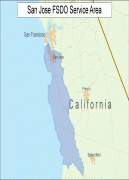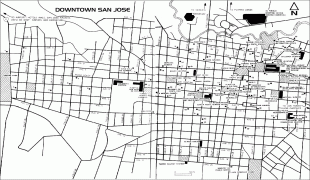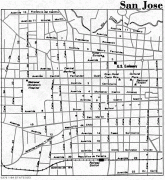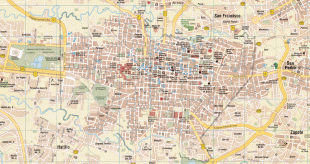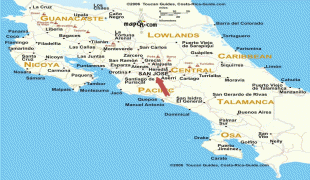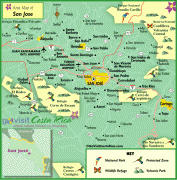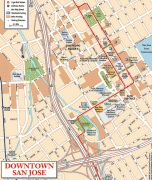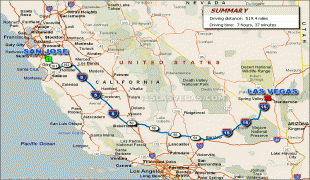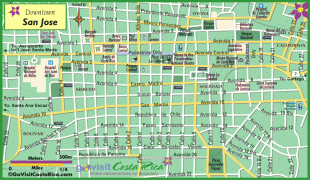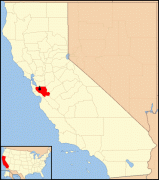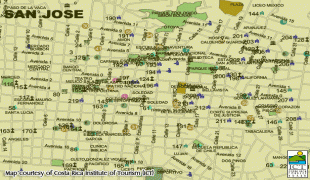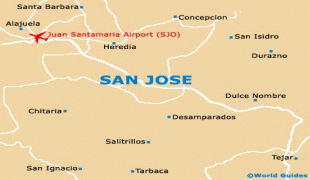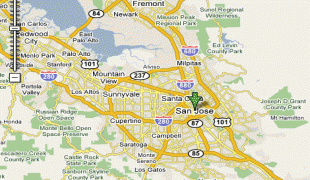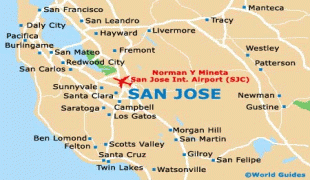San José (San José)
 |
 |
Founded in 1736 by order of Cabildo de León, the population of San José rose during the 18th century through the use of colonial planning. It has historically been a city of strategic importance, having been the capital of Costa Rica three times. More than a million people pass through it daily. It is home to the Museo Nacional de Costa Rica, the National Theatre of Costa Rica, and La Sabana Metropolitan Park. Juan Santamaría International Airport serves the city.
San José is notable among Latin American cities for its high quality of life, security, level of globalization, environmental performance, public service, and recognized institutions. According to studies on Latin America, San José is one of the safest and least violent cities in the region. In 2006, the city was appointed Ibero-American Capital of Culture. According to The MasterCard Global Destinations Cities Index 2012, San José is the sixth-most visited destination in Latin America, ranking first in Central America. San José ranked 15th in the world's fastest-growing destination cities by visitor cross-border spending. It is considered a "Beta-" global city by GaWC. San José joined the UNESCO Global Network of Learning Cities in 2016.
The population of San José grew during the eighteenth-century colonization planning, which was different from the traditional foundation plans of Spanish cities in the continent of Central America.
Founded in 1736 by order of Cabildo de León, its objective was to concentrate the scattered inhabitants of the Aserrí Valley. De León thus ordered the construction of a chapel near the area known as La Boca del Monte which was completed a year later. That year St. Joseph was chosen as parish patron, hence its name. The chapel, which was very modest, was erected with help from the church of Cartago.
Unlike neighboring Cartago, San José was not founded by formal decree and thus lacked a city government. It was not until the enactment of the Constitution of Cádiz in 1812 that San José had its first city government. On 18 October 1813, the area was first defined as a city by presbyter Florencio del Castillo, on behalf of the Spanish government, a title which was then lost in 1814 when Ferdinand VII of Spain annulled the proceedings of the courts. The municipal government was restored in 1820 along with the title of city and in 1823 San José became the capital of Costa Rica. This makes San José one of the youngest capital cities in Latin America by year of conception.
Population and economic growth were spurred by improvements in access to water and the installment of the Tobacco Factory in 1782. The accumulation of capital brought by tobacco plantations allowed the city to economically surpass neighboring provinces.
The first modern urban neighborhood carries the name of its founder, the French coffee entrepreneur Monsieur Amon, and was created in the late 19th century, in line with Belle Époque contemporary architecture. Barrio Amon, as well as the National Theatre, remain symbols of the so-called Costa Rican coffee golden age.
Today San José is a modern city with bustling commerce and brisk expressions of art and architecture. Spurred by the country's improved tourism industry, it is a significant destination and stopover for foreign visitors.
San José exerts a strong influence because of its proximity to other cities (Alajuela, Heredia and Cartago) and the country's demographic assemblage in the Central Valley.
Map - San José (San José)
Map
Country - Costa_rica
 |
 |
| Flag of Costa Rica | |
The sovereign state is a unitary presidential constitutional republic. It has a long-standing and stable democracy and a highly educated workforce. The country spends roughly 6.9% of its budget (2016) on education, compared to a global average of 4.4%. Its economy, once heavily dependent on agriculture, has diversified to include sectors such as finance, corporate services for foreign companies, pharmaceuticals, and ecotourism. Many foreign manufacturing and services companies operate in Costa Rica's Free Trade Zones (FTZ) where they benefit from investment and tax incentives.
Currency / Language
| ISO | Currency | Symbol | Significant figures |
|---|---|---|---|
| CRC | Costa Rican colon | â‚¡ | 2 |
| ISO | Language |
|---|---|
| EN | English language |
| ES | Spanish language |






